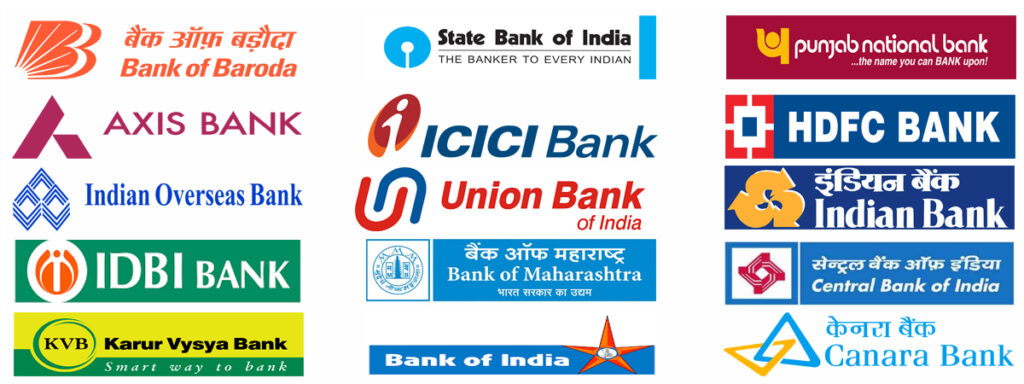
IMPORT CUSTOM DUTY

Import Customs Duty in India
Customs Duty on goods refers to the tax imposed on them when they cross international borders. The purpose of import customs duty in India to protect each country’s economy, jobs, environment, residents, etc., by controlling the movement of goods, especially prohibited and restricted goods, into and out of that country. As a general rule, all goods have a predetermined rate of duty, which is determined by factors such as where the goods were made, where they were acquired, and what the goods are made of. In addition, if you are bringing anything into India for the first time, you will need to declare it in accordance with customs rules. For example, you will need to declare any gifts you receive from outside the country.
Import Customs Duty in India
There are ten types of customs duties on imports in India:
- BCD (Basic Customs Duty)
- CVD (Countervailing Duty)
- Special CVD (Countervailing Duty)
- Protective Duty
- Anti-dumping Duty
- Education Cess on Custom Duty
- Safeguard Duty
- Anti Dumping Duty
- National Calamity Contingent Duty
- Protective Duties
How Is the Customs Duty Computed?
Consequently, taxes on imported goods are based on an ad valorem or specific basis. In other words, they are based on the value of goods, as outlined in the customs valuation (determination of the value of imported goods) rules 2007. In cases where there are doubts about the validity of a valuation, the following method can be used:
- Rule 4 and 5:
Comparison of the transaction value of items that is identical or similar. - Rule 7:
Using the sale price of such good in the importing country to derive the value of the good. - Rule 8:
Computed value method based on materials, fabrication, and profit in the country of production. - Rule 9:
A fall-back method is based on previous methods, yet more flexible than them.
Online Payment of Custom Duty in India
With a few simple steps, one can pay customs duty online:
- Login to e-payment portal of ICEGATE.
- Enter the import or export code or log in with the credentials provided by ICEGATE.
- Now make an online payment.
- Check all e-challans under your name.
- Once you choose the payment method and the challan to be paid. You will be redirected to the payment gateway.
- Your ICEGATE portal will be redirected to you once the payment has been made.
- You can now print and save your payment copy.
List of Bank for Online Payment of Custom Duty

Increase in Basic Customs Duty
As a result, the rupee fell and the current account deficit worsened. That is to say, the import restrictions focused on certain imports. Increasing duties will cause the prices of these goods to rise. Also, dampening the demand and reducing imports, which will increase the income of domestic manufacturers.
Changes in Customs Duty under notification No. 50/2017-Customs with effect from 1st May, 2022. has been notified.
e-SANCHIT
Meanwhile recent years, India witnessed massive changes to its taxation system through the use of digitalization. To clarify, from income tax to GST, most things are now online. Furthermore, with the launch of e-SANCHIT, the CBIC is making doing business easier. ICEGATE users can only use the e-SANCHIT application until the end of March this year. However, the new scheme does not require assessing officers to produce hard copies of the uploaded documents. Further, the objective here is to minimize the physical interface between the customs agency and trade and to maximize clearance times.

